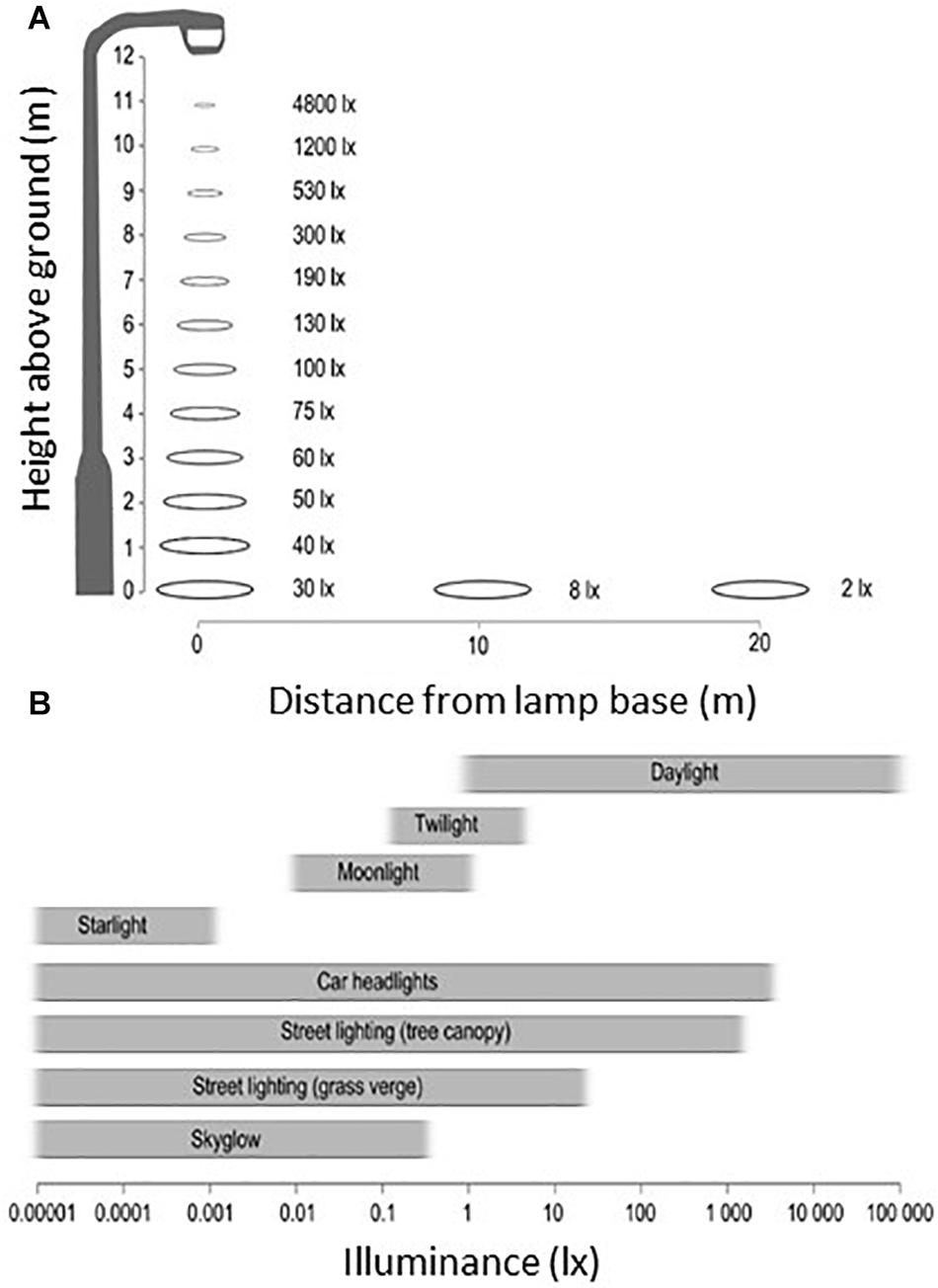
# Beyond the Five Senses: Delving into the Varied Sensory Realm of Humans and Animals
Senses serve as our portal to the environment, allowing us to perceive and interact with the world around us. It’s commonly taught that humans have five fundamental senses: sight, sound, smell, taste, and touch. These five senses facilitate our experience of the surrounding world in diverse manners, from the brilliance of colors to the melodies in music. However, it’s essential to expand our understanding — humans actually possess more than just these five traditional senses, and some animals have unique sensory capabilities that extend well beyond our comprehension. While the precise number is still debated among scientists, today’s knowledge suggests that humans have at least nine senses, with some experts proposing a number that could approach twenty. Additionally, an array of animals showcases remarkable senses that allow them to navigate, hunt, and communicate in ways that are hard for us to imagine. Let’s examine some of these often neglected yet fascinating senses.
## Proprioception and Kinesthesia: Bodily Awareness
**Proprioception** is the capacity to sense the location of your body parts in space — essentially, it informs your brain about the position of your limbs without requiring visual input. In a sense, proprioception enables you to move your arm without needing to look at it. A related sensation, **kinesthesia**, provides insight into the movement of your body. Together, these senses enable you to walk, dance, or even type while keeping your gaze off the keyboard.
These senses depend on sensory nerve receptors known as *muscle spindles*, located within the muscles themselves. Muscle spindles are responsive to both the stretching and pace of muscle contractions. When a muscle is in motion, data is relayed from the spindles to your brain, allowing effortless adjustments in posture or precise movements. Thanks to proprioception and kinesthesia, walking remains possible even with your eyes shut.
## Nociception: Experiencing Pain
**Nociception** refers to the sensory system that permits us to feel pain. This system is activated by specialized receptors known as *nociceptors*, which are distributed throughout the body and become engaged upon tissue damage. When injury occurs — for example, from touching a hot stove or stubbing a toe — these nociceptors transmit electrical signals to your spinal cord and brain. The spinal cord may trigger a reflex action (like a rapid withdrawal from a hot surface) even before the pain is consciously perceived.
Pain plays a crucial protective role by alerting us to potential injury, prompting us to avoid further damage. Although pain perception might appear to be universally consistent, research reveals that individual pain experiences can differ significantly, showcasing biological and psychological complexities that extend beyond mere nociception.
## Thermoception: Perceiving Temperature
Humans possess **thermoreceptors**, which are specialized sensory receptors that detect changes in temperature. We have separate receptors for sensing heat and cold. Interestingly, the temperature signals travel along the same nerve pathways as pain signals, which explains why extreme temperatures — both hot and cold — can induce feelings of pain. The existence of thermoreceptors is vital for maintaining proper body functions by helping us stay away from harmful conditions, such as searing heat or icy cold.
## The Vestibular System: Equilibrium and Balance
**Balance**, or equilibrioception, is another vital and intricate sense. Our capacity to maintain balance stems from the **vestibular system** located in the inner ear, which aids in sustaining equilibrium during everyday activities. Within the inner ear, there are three semicircular canals filled with fluid and sensory hair cells. Each canal is aligned in a different directional plane, sensing head rotations. As your head shifts, the fluid inside these canals moves, bending the hair cells and transmitting signals to the brain regarding your body’s orientation. This system helps you stand upright, walk steadily, and swiftly adapt to changes in posture.
## Echolocation: Navigating via Sound
While humans typically depend on vision for depth perception, certain animals utilize **echolocation**, the ability to navigate through sound rather than sight. Creatures such as bats, dolphins, and some whales employ this extraordinary sensory process. They emit high-frequency sounds that bounce off surfaces and return as echoes. By interpreting the time it takes for these sound waves to return and their characteristics, these animals can gauge the distance, size, and even shape of nearby objects, including potential prey.
Remarkably, humans can also acquire echolocation skills. Some visually impaired individuals develop the ability to produce clicking sounds and interpret the echoes, allowing them to understand their surroundings — an impressive enhancement of human capability.
## Electroreception: Sensing Electric Fields
Electroreception primarily occurs in aquatic creatures such as sharks, rays, and certain freshwater fish. These animals possess specialized organs known as **ampullae of Lorenzini** embedded in their skin, which empower them to detect electrical fields generated by the muscle contractions of nearby organisms. This sensory capability allows many species to find concealed prey, especially in murky waters.